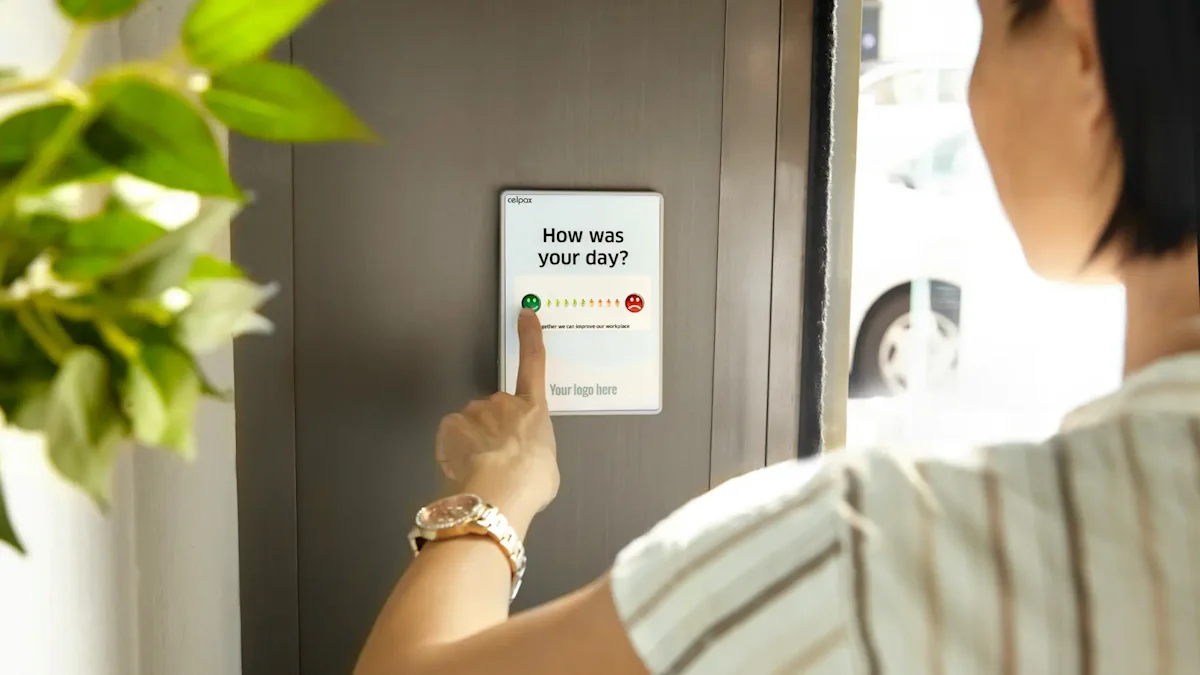How Churn Surveys Can Become Your Most Accurate Roadmap Input

Product managers and founders have an obsession with growth. We pore over acquisition funnels, track feature adoption rates, and celebrate every new activation milestone. We have data on why customers join, but we often treat the data on why they leave as a painful post-mortem to be avoided.
This is a profound mistake.
The truth is, the most unbiased, high-fidelity signal about your product’s critical gaps and future roadmap priorities is hidden in your cancellation data. It’s the user’s final, and often most honest, piece of feedback.
If your roadmap is currently built solely on support tickets, competitor analysis, or the loudest voices in your Slack channel, you are guessing. By treating the exit flow as a critical feedback mechanism, you can stop guessing and start building what your most critical users (the ones leaving) wish you had.
Here is how to transform your cancellation data from a painful metric into a foundational input for product strategy.
The Three Pillars of Cancellation Data (and Your Action Plan)
To effectively use churn data, you must move beyond a generic "Why did you leave?" survey. An intelligent, customizable cancellation flow (often triggered via a simple JavaScript embed in your app) allows you to categorize feedback and pinpoint the exact nature of the failure.
The reasons for leaving almost always fall into three distinct pillars, each dictating a different strategic roadmap action:
Pillar 1: Missing Feature / Product Deficiency
This is the most direct input for your roadmap. The customer leaves because the product cannot do a critical job they hired it for, or they believe it can’t.
The Data: Users select reasons like "Missing Integration X," "Doesn't support Feature Y," or "Found a competitor with [specific capability]."
The Roadmap Action: High-volume missing features are non-negotiable roadmap items. If 15% of your departing customers list the same missing integration, that integration immediately moves to the top of your priority list. It represents a large, addressable market of lost customers.
Pillar 2: Cost/Value Disconnect
The customer leaves because the value they received (or perceive they received) does not justify the price they paid.
The Data: Reasons include "Too Expensive," "Only use a few features," or "I need to pause for a while."
The Roadmap Action: This signals a need for better product packaging or pricing strategy. It is not just about reducing price; it often means:
Developing a Lower-Tier: Creating a "parking" or "forever free" tier to retain them as a user until their needs grow (and thus capturing future expansion revenue).
Refining Tiers: Re-evaluating which features are bundled where, ensuring each tier offers a clear value jump that justifies the cost.
Pillar 3: Usability & Adoption Friction
The customer leaves out of frustration, having failed to realize the product’s intended value. They may even have paid for the right features, but couldn't figure out how to use them effectively.
The Data: Reasons like "Too hard to use," "Confusing setup process," or "Didn't have time to set it up."
The Roadmap Action: This points to failures in onboarding, documentation, and core UX. Instead of building a new feature, you must prioritize a UX audit, documentation overhaul, or rebuilding the initial setup wizard. This data proves that your existing features are locked behind an effort barrier.
Mapping Cancellation Trends to Roadmap Priorities
Simply collecting the data isn't enough; you must slice and prioritize it like any other feature request.
1. Prioritizing by Segment Value
Not all churn is created equal. Segment your cancellation reasons by the customer’s Lifetime Value (LTV) or current subscription tier (e.g., Starter vs. Enterprise).
If the top reason for your high-value Enterprise customers leaving is "Lack of advanced reporting," that roadmap item instantly receives a P1 (Priority 1) designation over an item that is only impacting your lower-tier users. You are stopping the bleeding from your most critical revenue streams.
2. Prioritizing by Momentum (Spikes)
Keep a constant pulse on the frequency of reasons. A sudden spike in a previously minor reason category (e.g., "Found a better competitor") is an immediate red flag that requires attention.
Actionable Insight: A spike indicates either a competitor has launched a killer feature or there was a recent failure (bug, outage, poor UX update) in your product. Stop, investigate, and address the root cause before continuing with your scheduled roadmap.
The Power of the Contextual Feedback Loop
Why is data from a customizable, in-app cancellation flow superior to a generic email survey sent three days later?
1. High-Fidelity Intent
The customer is giving feedback at the precise moment of truth. They are emotionally invested, focused, and clicking the button because of the reason they are about to select. This contrasts sharply with an email survey that is completed days later, subject to memory decay, politeness bias, and general apathy.
2. The Unbiased Truth
When a user is clicking "cancel," the relationship is effectively over. They are incentivized to be brutally honest because they have nothing to lose and nothing to gain by being polite. This is a crucial distinction from feedback gathered during a support interaction, where a user might temper their complaints to maintain goodwill with a representative.
3. Using the Offer as a Validation Tool
A sophisticated platform allows you to present a targeted intervention based on the user's selected reason. For example:
Reason: "Too Expensive" → Offer: 2-Month 50% Discount
Reason: "Missing Feature X" → Offer: Temporary Access to the next Tier for 30 Days
Crucially, the customer’s acceptance or rejection of the offer provides quantitative validation of their stated reason. If 80% of users who selected "Too Expensive" accept the discount, their reason was genuine. If only 5% accept it, the stated reason was likely a cover for a deeper, more personal issue (e.g., no longer needing the solution). This feedback validates which product gaps are solvable with an intervention.
Conclusion: Your Product’s Hidden Gold Mine
Building a successful SaaS product is not just about creating value; it’s about reducing the friction that prevents users from experiencing that value. The customers who cancel are handing you a prioritized list of your biggest friction points.
Don't let this invaluable data flow into a dead-end spreadsheet. You need a dedicated, intelligent system - triggered easily via a simple code embed in your app - to capture and categorize this exit feedback.
The goal isn't to prevent all churn; the goal is to make sure that when customers leave, they leave behind the exact instructions for what to build next. Stop guessing, start analyzing, and build a more resilient product roadmap.

Alex Mercer
Alex is a seasoned SaaS growth strategist with a passion for helping businesses build lasting customer relationships. With years of experience in product-led growth and customer success, Alex specializes in uncovering actionable insights to drive retention and optimize the user journey. Driven by the belief that every customer interaction is an opportunity, Alex frequently shares practical strategies for sustainable business expansion.

